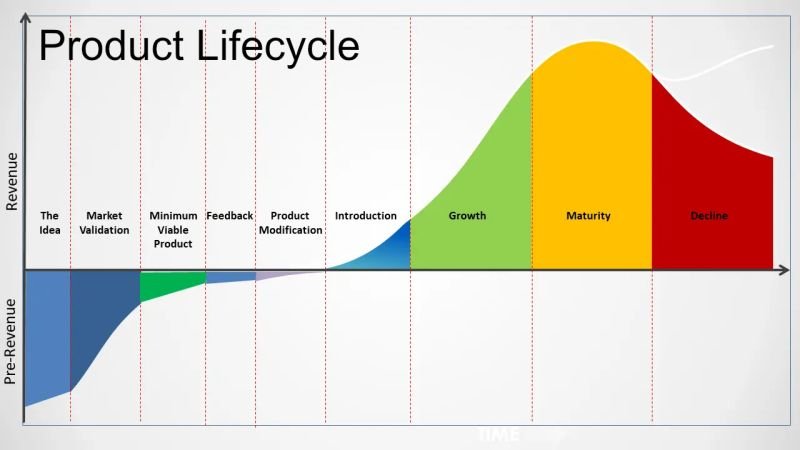What does a great product look like in 2022? Actually, it’s not a product, but a service or a platform or a model! Or maybe even a feeling...
Whaaat? Yep.
The truth is that people don’t buy products. They buy some transformation that they want. I want my feet to stop hurting, I buy shoes. I want my children to have a better life, I buy an education annuity. I want to satisfy my craving, I buy chocolate. I want to impress my partner, I buy a great outfit.
Transformations are as easily satisfied by a service, platform, model, algorithm or design as by an actual product. My desire might be to enjoy a particular genre of music. This could be satisfied by (a) buying a CD (b) buying a track on iTunes (c) streaming audio from Spotify. If I need holiday accommodation, I can use a hotel, Booking.com or AirBnB. Interestingly, iTunes, Spotify, Booking.com and AirBnB are all platforms. They do not own the assets or services on sale, but they facilitate the client’s access to them while also acting as channels for the sellers. In the case of iTunes and Spotify, notice too that the product has also become digital - morphing from physical media to digital streams. These models allow taking advantage of the “long tail” phenomenon whereby the cost of inventory and distribution becomes near zero and the platform can offer essentially infinite variety and choice.
Client experience and emotion also play a large role. When you buy a property (a major financial, long term commitment), you will probably make a very logical checklist of requirements before going to view any properties. But you will buy one which doesn’t meet the requirements, because it “felt right” or “smelt right” or “had great light”. We will then go back to the list and adjust and reprioritise until it fits our choice… Brands like Apple and Nike know this all too well. They invest huge effort in building the lifestyle image, client experience and emotional highs their clients will experience from using their products and services.
New value today is potentially delivered “out of thin air” - think of a virtual product such as Bitcoin, which is essentially an algorithm for calculating a number. Yet it has become a major asset class with serious investment houses putting 5% of their assets into it and similar offerings in 2022. Other examples are an algorithm that improves fuel consumption in transportation, or a model for how to organise components on a semiconductor die.
Modern consumers are also used to instant gratification, based on experience of mobile technology, apps and streaming. We need to ensure that our product/service is very easy to find, evaluate, try out, purchase and use. This should be as friction- and noiseless as possible.
In the second part of this post, we will explore how to come up with and evaluate product/service ideas.
#Product #Innovation #Strategy #BusinessArchitecture #Service

